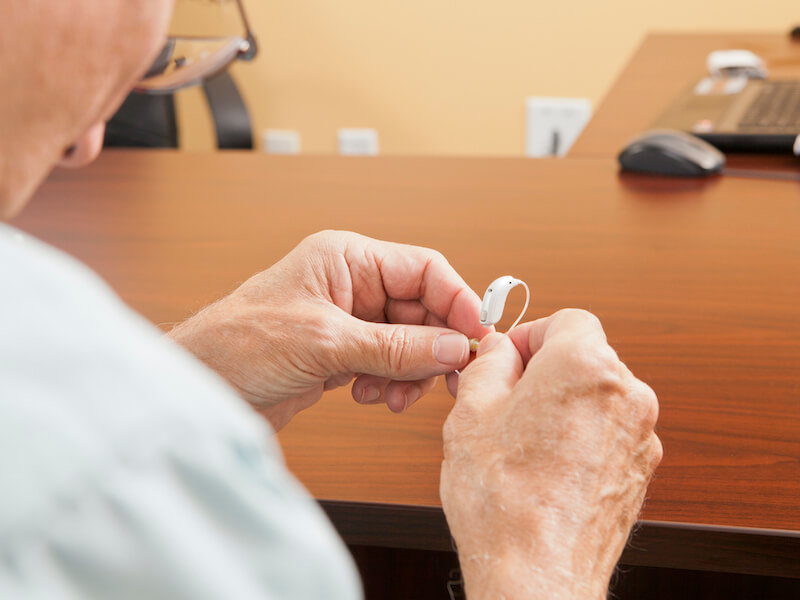
You go above and beyond to ensure your hearing aids are well cared for. Cleaning them every day, you make sure they are safe and comfortable on their charger when you go to bed.
Suddenly and distressingly, your hearing aids aren’t working the way they once did. Fortunately, there are a few measures you can take to diagnose the problem. Not doing any additional damage is your top priority so you won’t have to replace them.
Hearing aid troubleshooting
You saved the owner’s manual that came with your shiny new hearing aids, right? Hopefully, you did so that you can consult with your owner’s manual to undertake maintenance and troubleshooting. Following your owner’s manual is important because every model of hearing aid is different.
On most models there are some other things you can check, here are a few:
- Wax accumulation: Perform a visual check of your hearing aid to ensure that there is no wax buildup interfering with standard functionality. Wax can build up quickly even if you clean your hearing aids regularly so make it a point to double check.
- Check for visible damage: Do you notice any visible cracks or loose components around the shell of your hearing aid? Cracks, obviously, could indicate more significant damage (or let in moisture).
- Check your battery: Even if you know your hearing aids spent the night on the charger, you’ll want to double-check the battery power. If your hearing aid has replaceable batteries, it might be a good plan to check if those batteries are correctly inserted or if a new one fixes the issue.
- Keep your microphone clear: Check for anything obstructing the microphone of your hearing aid. A blocked microphone can cause feedback or can cause your hearing aids to sound broken or silent.
Once again you can discover how to address each of these concerns by consulting your owner’s manual. Self-maintenance is sometimes possible.
When does my hearing aid require repair?
Your hearing aid will most likely need to be repaired professionally if you do routine upkeep and it still malfunctions. That may not always sound appealing, after all, you depend on your hearing aid for day-to-day communication (not to mention dinners with your family, staying up to date with your favorite Netflix series, and so on).
You won’t automatically be without your hearing aid for extended periods of time just because it needs to be serviced. In some instances, we can fix your hearing aid in office while you wait.
Or, you’ll be able to bring your hearing aids in for professional help and get them back in a matter of a few hours (this, obviously, depends on the degree of the damage, all the more reason to get your devices in for repair as soon as possible).
There are still some instances where such rapid repair is not possible. And in those situations, you might find yourself in need of a backup pair of hearing aids. So if you have an old pair lying around, ask whether they will serve on a temporary basis. Or maybe we have a loaner pair you can use.
Don’t wait to get assistance with your hearing aids
It’s crucial to get your hearing aid checked and repaired if you begin to notice the audio quality is starting to falter.
You’ll want to try to avoid any downtime. Your mental health and your general health can be impacted by neglected hearing loss. And it becomes all too easy to leave your hearing aids sitting in a drawer somewhere while your hearing continues to deteriorate.
The optimum way to keep your hearing healthy is to keep those hearing aids working. Keeping them charged, clean, and when necessary, professionally repaired is the best way to do that.